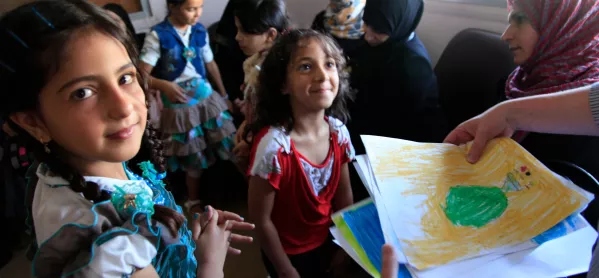Nearly 123 million children are missing out on school worldwide - a number that has barely changed in the last 10 years, Unicef said today.
The charity says poverty, conflicts and humanitarian emergencies are to blame for the stagnation in the rate of children able to attend school.
It released new figures showing that 11.5 per cent of the world’s school-age (6-15-year-old) children - 123 million - are missing out on learning today, compared to 12.8 per cent - or 135 million - in 2007.
“Investments aimed at increasing the number of schools and teachers to match population growth are not enough,” Jo Bourne, Unicef chief of education, said.
“This business-as-usual approach will not get the most vulnerable children into school - and help them reach their full potential - if they continue to be trapped in poverty, deprivation and insecurity.
“Governments and the global community must target their investments at eliminating the factors preventing these children from going to school in the first place, including by making schools safe and improving teaching and learning.”
Global goal being missed
Children living in the world’s poorest countries and in conflict zones are disproportionally affected. Of the 123 million children who are missing out on school, 40 per cent live in the least developed countries and 20 per cent live in conflict zones.
The conflicts in Iraq and Syria have resulted in an additional 3.4 million children missing out on their education, bringing the number of out-of-school children across the Middle East and North Africa back to 2007’s level of approximately 16 million.
Sub-Saharan Africa and South Asia - with their high levels of poverty, rapidly increasing populations, and recurring emergencies - account for 75 per cent of the global out-of-school primary and lower-secondary school age population.
But there has been some progress. Ethiopia and Niger, which are among the world’s poorest countries, have made the biggest gains in enrolment rates of primary children over the past decade with an increase of more than 15 per cent and around 19 per cent, respectively.
Earlier this year the Commons International Development Committee called for the Department for International Development to increase its expenditure on education, which currently lags behind its spending in other areas.
Want to keep up with the latest education news and opinion? Follow Tes on Twitter and like Tes on Facebook




